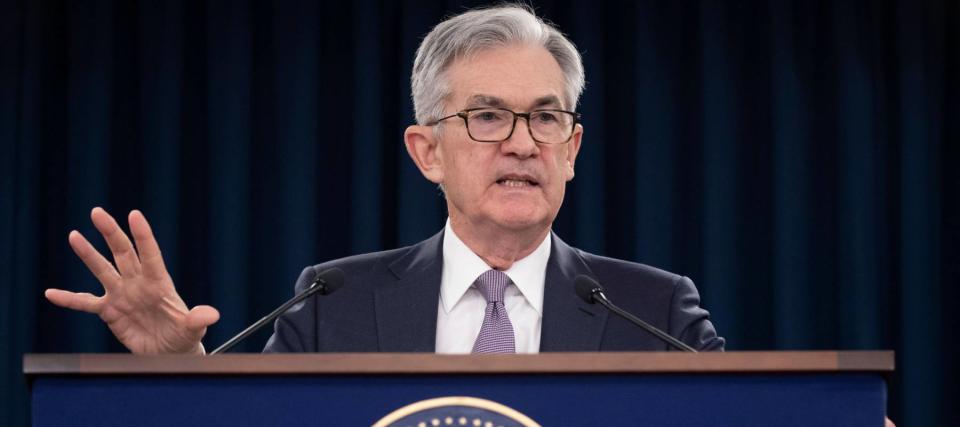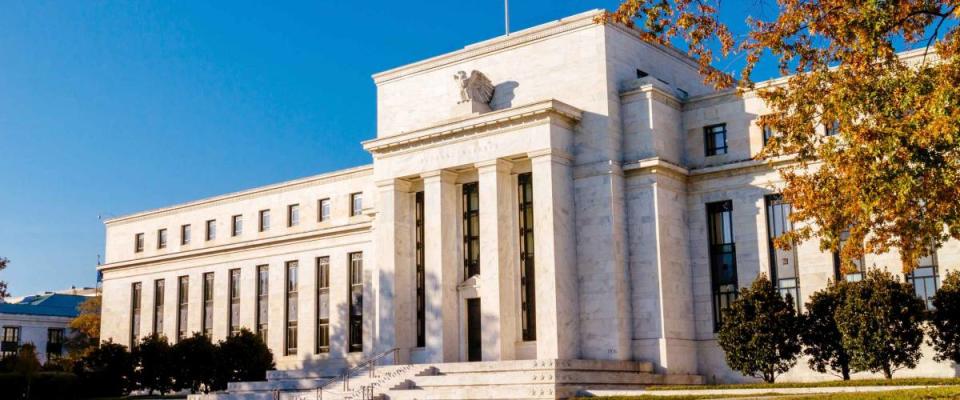The Fed Leaves Interest Rates Unchanged, Maybe for a While

If the thought of higher interest rates makes your blood boil, you can relax — because the Federal Reserve doesn't see rate hikes in its future.
The nation's central bank on Wednesday opted to leave a key interest rate unchanged, following a string of rate cuts. And the Fed released forecasts from its policymakers indicating they're likely to leave things alone throughout 2020.
So, no rate increases, but — contrary to what President Donald Trump has been calling for — no more rate reductions either.
What the Fed's position means for you

When the Fed makes a move, know which way things will turn for you.
With the Fed holding tight, that means many of the interest rates you pay will hold steady, too.
The central bank's benchmark rate, called the federal funds rate, directly affects the prime lending rate, which is used to set the rates on many consumer loans. See where the prime rate is sitting now.
The interest rates on most credit cards are tied to the prime. The Fed's announcement means you probably don't have to worry about paying higher interest on your cards anytime soon. (Unless you're late with a payment and get slapped with a steep penalty rate.)
If you have an adjustable-rate mortgage, its interest rate should hold still as long as the Fed does. Rates on home equity lines of credit (HELOCs) also aren't likely to go anywhere.
Fed policy doesn't have a direct connection to mortgage rates, but the low-rate environment has helped send rates on home loans down to levels not seen in years. Mortgage rates this month are the lowest for any December since 2012, MoneyWise.com has found.
Take a look at today's best mortgage rates where you are.
Why the Fed is sitting still

Federal Reserve Building, Washington DC, USA.
The Federal Reserve has a dual mandate: It wants to achieve maximum employment, and stable prices with low inflation.
When unemployment soared during the 2008 financial crisis, the Fed slashed its benchmark interest rate — called the federal funds rate — pretty much to 0%, to bring the economy back to health.
The recovery was slow, but in late 2015 the central bank started raising rates slowly, out of concern that ultra-low borrowing costs could spark inflation.
Rate hikes continued through December of last year — but then, the U.S. trade war with China started rattling the economy, and some recession warning signs began going off.
So the Fed cut rates three times, starting in late July. Diane Swonk, the chief economist at Grant Thornton, says the Fed realized it had gone too far in the other direction.
"The economy has been able to operate at a much lower unemployment rate and lower short-term interest rates than anyone ever imagined possible without generating inflation," Swonk says. "It’s time for the Federal Reserve to eat humble pie and acknowledge that."
Now, the Fed is inclined to just sit back and see what happens.
Unemployment in November tied a 50-year low at 3.5%, and the economy is continuing its longest expansion on record. The U.S. has been out of recession since June 2009 — more than 10 years. All of that suggests no further rate cuts are needed right now.
But inflation remains low, meaning the Fed doesn't have to hike rates either.
